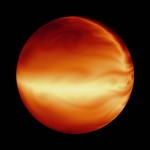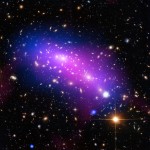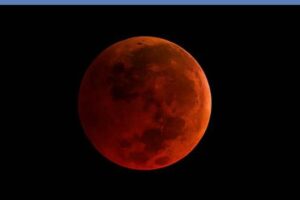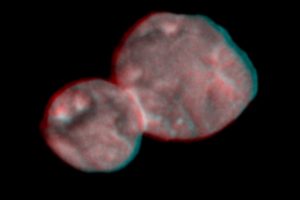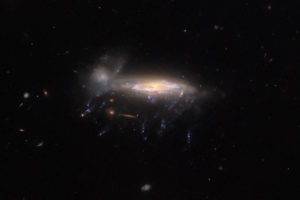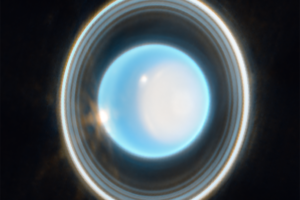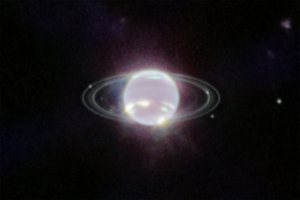[NASA記事掲載日]:March 25, 2016
[NASA記事名]:Comet Flying by Earth Observed with Radar and Infrared
2016-084
Last Updated: March 25, 2016
Editor: Martin Perez
Credits: NASA/JPL-Caltech/GSSR
Radar data of comet P/2016 BA14 taken over three days (March 21—23, 2016), when the comet was between 2.5 million miles and 2.2 million miles (4.1 million kilometers and 3.6 million kilometers) from Earth.
Radar images and data from the flyby indicated that the comet is about 3,000 feet (1 kilometer) in diameter.
2016年3月21日から23日の三日間にわたり、地球から250万マイルと220万マイル(410万キロと360万キロ)の間までに接近した、P/2016 BA14と呼ばれる彗星をレーダーで観測しました。
そのデータによると、彗星の直径は約3000フィート(1キロ)でした。
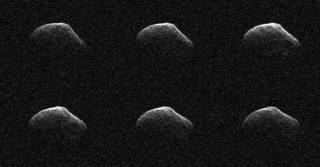
Credits: NASA/JPL-Caltech/GSSR
彗星P/2016 BA14 のレーダー画像は、カリフォルニア州ゴールドストーのNASAのNDSNのパラボラアンテナを使用して、2016年3月23日に撮影しました。当時、彗星は地球から約220万マイル(360万キロ)の位置にいました。
(訳者注)
この彗星は、NDSNの他にもハワイのマウナケアで、赤外線望遠鏡装置(IRTF)で赤外線スペクトルの分析もされていて、彗星表面は太陽光を3%以下しか反射しない、とても暗い物質で覆われているとコメントしています。いずれ分析結果が掲載されると思います。
Goldstone Solar System Radar
From Wikipedia, the free encyclopedia

The Goldstone Solar System Radar, or GSSR, is a large radar system used for investigating objects in the Solar system. Located in the desert near Barstow, California, it comprises a 500-kW X-band (8500 MHz) transmitter and a low-noise receiver on the 70-m antenna at the Goldstone Deep Space Communications Complex. It has been used to investigate Mercury, Venus, [Mars], the asteroids, and moons of Jupiter and Saturn. The most comparable facility is the radar at Arecibo Observatory.
